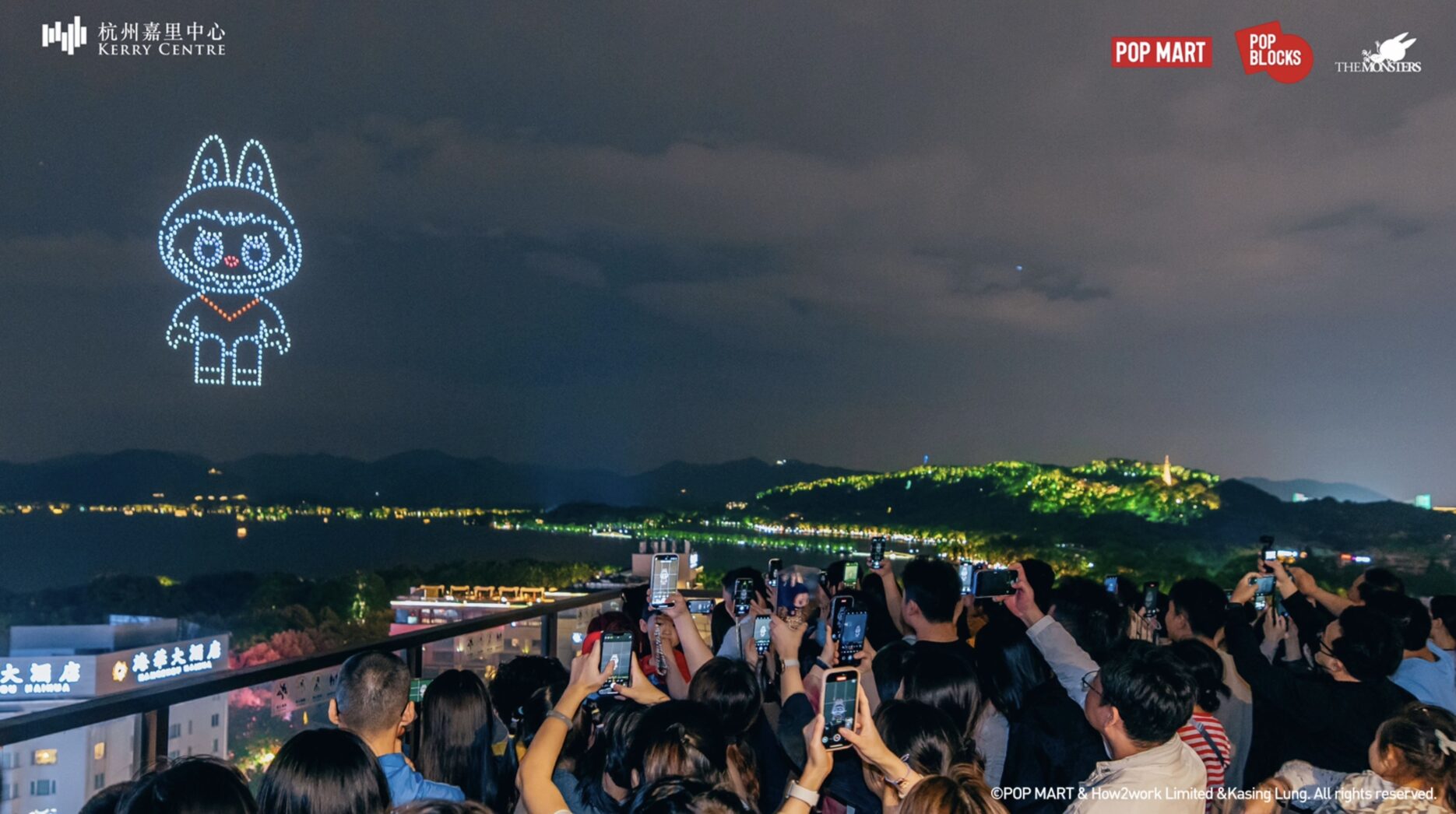LABUBU is, without a doubt, the most sought-after collectible in the fashion world right now. But it’s not just the allegations of violence that led POP MART to suspend all sales of the IP in the UK. On StockX, it ranks number 1 on the resale platform, with an average resale price of 208 USD, up 24% from its average retail price of 168 USD. When version 3.0 of the figurines were released at the end of April, not only did it sell out instantly, but prices for rare models on StockX surged to 399 USD. Queues formed outside POP MART Stores at 4am in cities like Los Angeles, London and Milan, and pushed POP MART to become the number 1 shopping app in the US for a time.
Pundits note that the LABUBU boom started in mid-2024, when celebrities like Lisa from Blackpink, Rihanna and Dua Lipa were all photographed with the toy. Since then, POP MART has been leveraging its viral popularity. But how should a brand capitalise on this kind of almost “accidental” virality and turn it into long-term success?
Where the MONSTERS are
It’s worth noting that LABUBU is not the only toy to have become an “it” item in the fashion world. This, of course, has to do with the rise of “bag charms” in both luxury and non-luxury handbag spheres, also beginning in 2024. LABUBU, designed by Hong Kong artist Kasing Lung (龍家昇), rode the wave of fashion. From gatecrashing Milan Fashion Week with fellow MONSTER ZIMOMO, to pop-ups and events at Dover Street Market and Harrods in London, and collaborations with brands such as Vans.
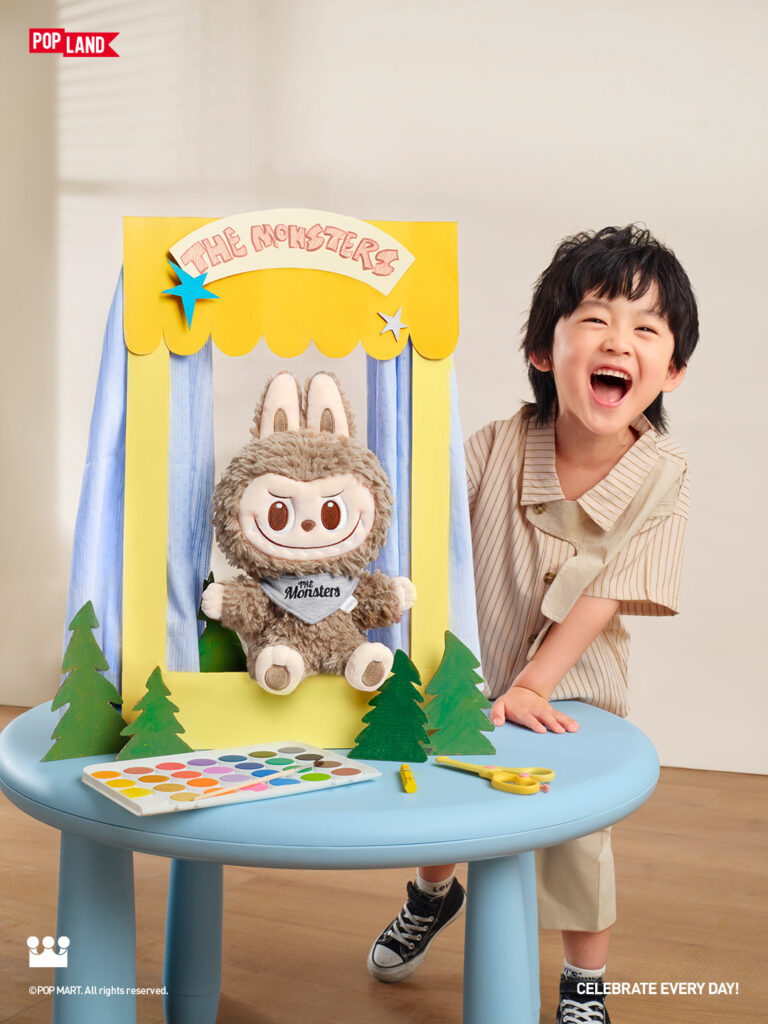
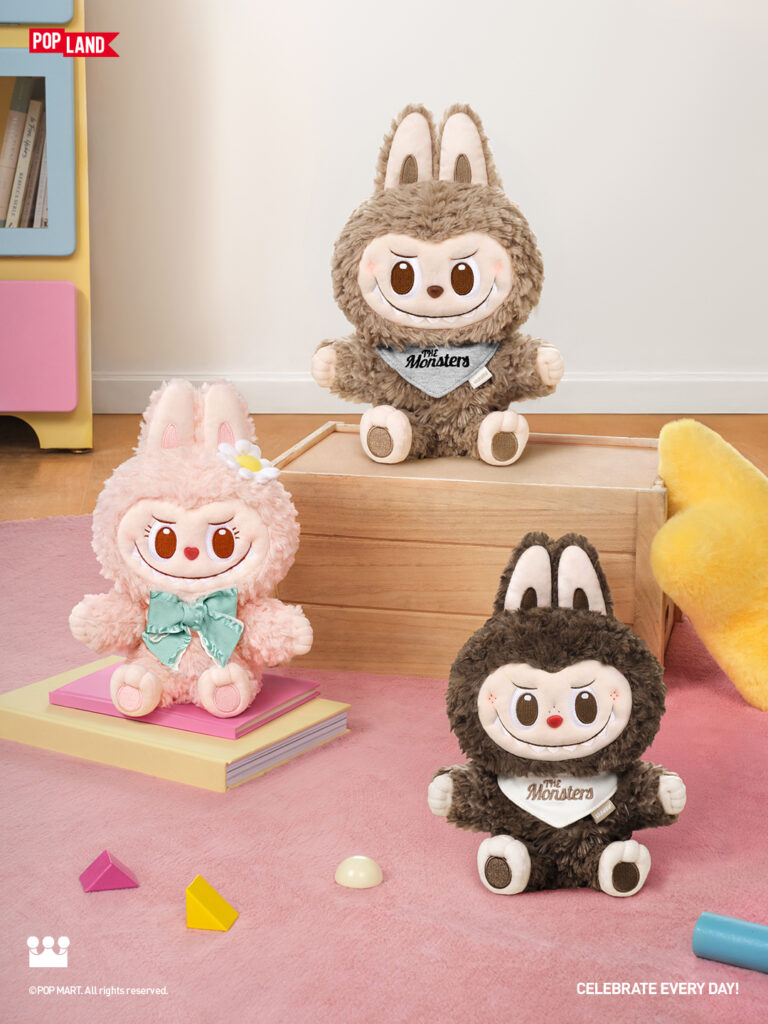
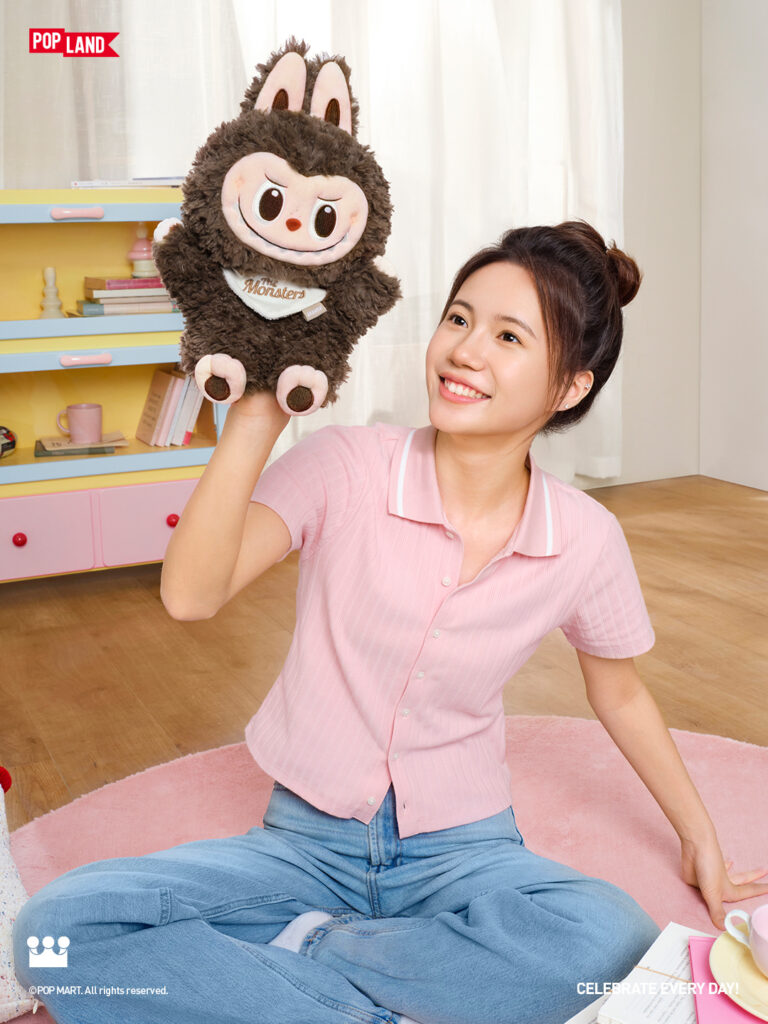
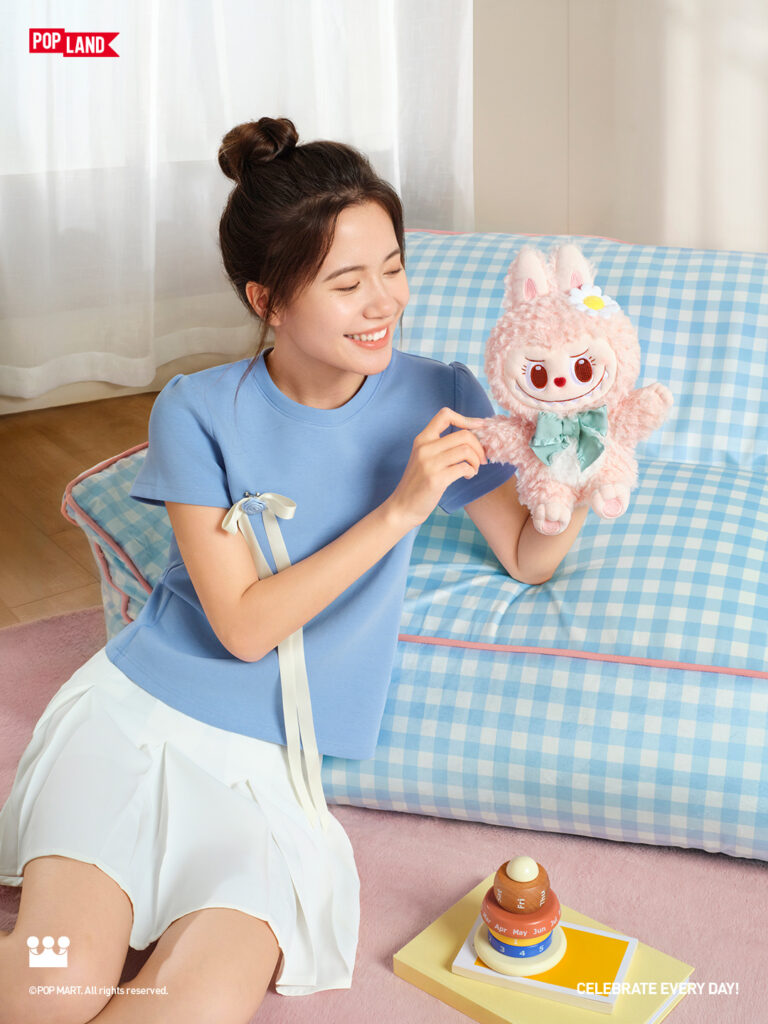
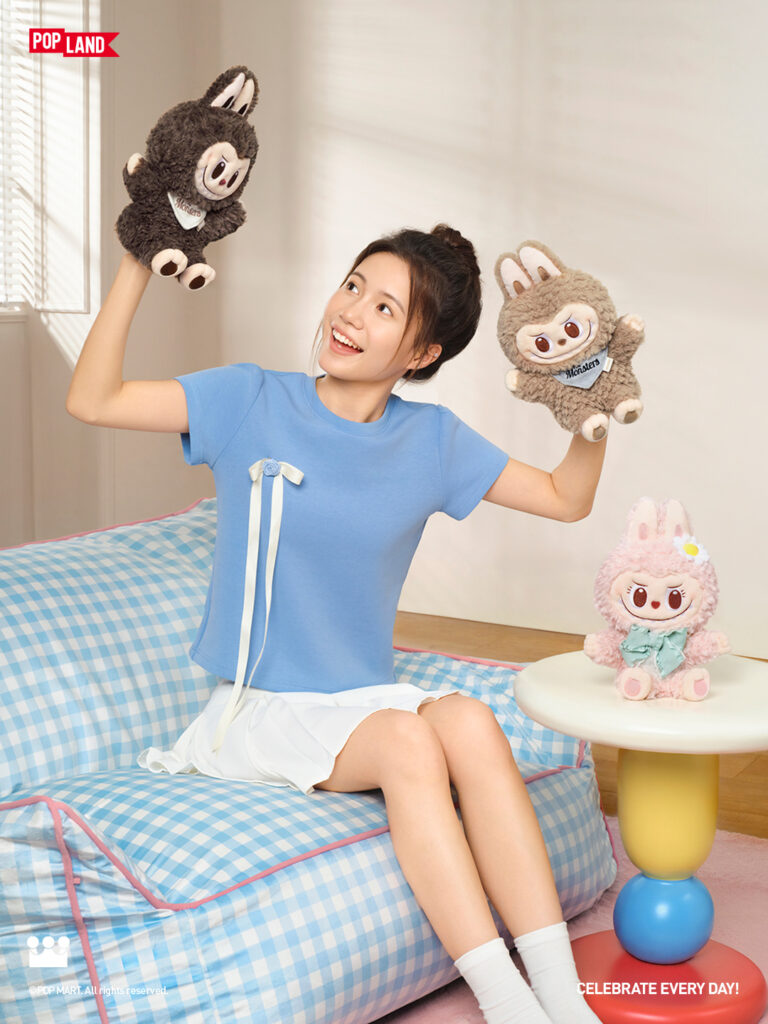
In 2023, LABUBU accounted for 25% of POP MART’s total sales and is the top-selling IP for the toymaker. After Lisa posted LABUBU videos three times in as many days in April 2024, LABUBU became unstoppable. It not only became an ambassador for Thai tourism, but it was also a frequently smuggled item between China and the Southeast Asian country. LABUBU later conquered the West with Rihanna and Dua Lipa endorsing the IP by wearing them.
POP MART was well-prepared for the sudden surge in popularity
Even though the celebrity exposure may not have come from POP MART approaching their stylists, the brand was well-prepared for the sudden surge in popularity. POP MART has been steadily diversifying from a “blind box” toymaker to an “IP” company. For each IP, such as LABUBU or MOLLY, there are multiple sizes and materials for different uses, including “pain bag” (ita-bag) and bag charms. Collaborations with brands such as Coca-Cola, Luckin Coffee and Netease Music for a theme tune have helped LABUBU to firmly establish itself in pop culture.
With interactive experiences by costumed actors, the POP LAND theme park has really brought the IP to life. As an aside, POP MART has long been criticised for not having a backstory or narratives for its characters, which is a weakness compared to Disney or Sanrio. With the theme park and recent animated shorts for the IP Nyota, the toymaker is swiftly addressing this issue.
Peel slowly and see
It seems POP MART had everything in place even before its exploding popularity abroad, so how can other brands plan for such a surge in interest?
Interestingly, some commentators are already asking that question around a recent trend, also a collectible in a way: the peel-apart film. First developed by Polaroid in 1948 as the first iteration of instant film, the peel-apart film has been all but forgotten since the non-peel-apart instant film was introduced in 1972. Although production stopped decades ago, vintage expired Fujifilm versions from dead stock and collections have been making a huge comeback in recent months. A box of peel-apart films has gone up from several hundred RMB to anywhere between 1,400 RMB (194.38 USD) to 3,300 RMB (458.17 USD), sometimes called “paper Moutai”.
The analogue and nostalgic feel, the sense of “ritual” and uncertainty before you peel away the top layer, has contributed to the obsession
The analogue and nostalgic feel, the sense of “ritual” (仪式感) and uncertainty (mostly due to the film being expired) before you peel away the top layer, has contributed to the obsession young Chinese consumers have towards the “dead” technology. But another important factor is the many celebrities who tried out the instant film and posted on social media.

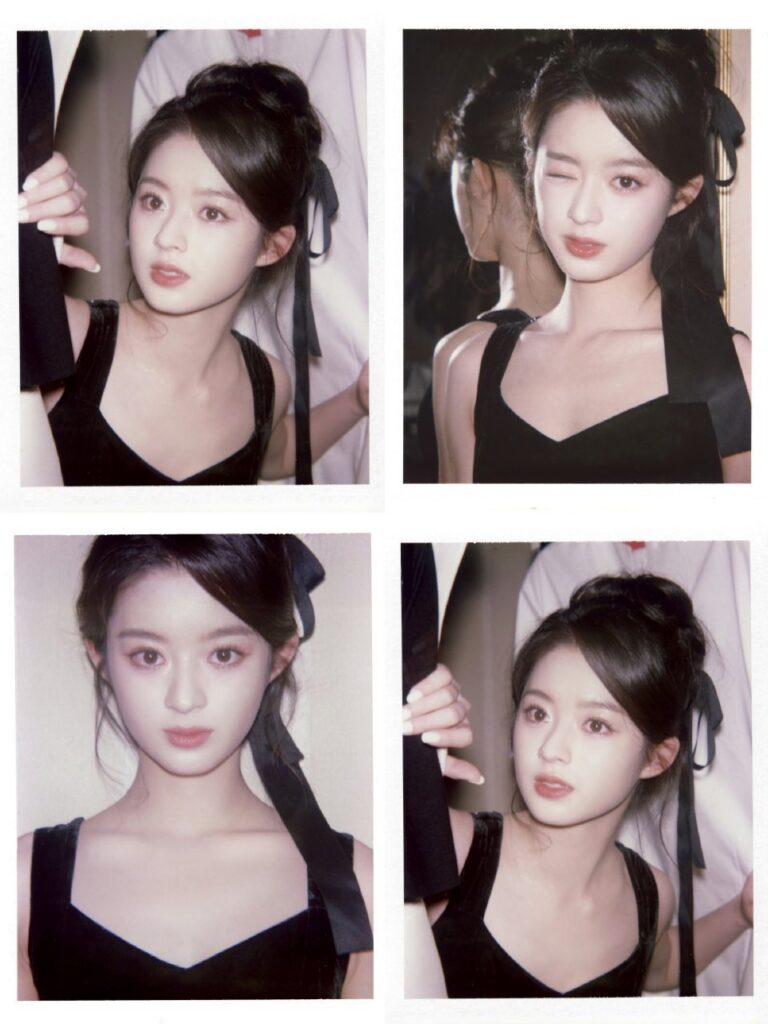

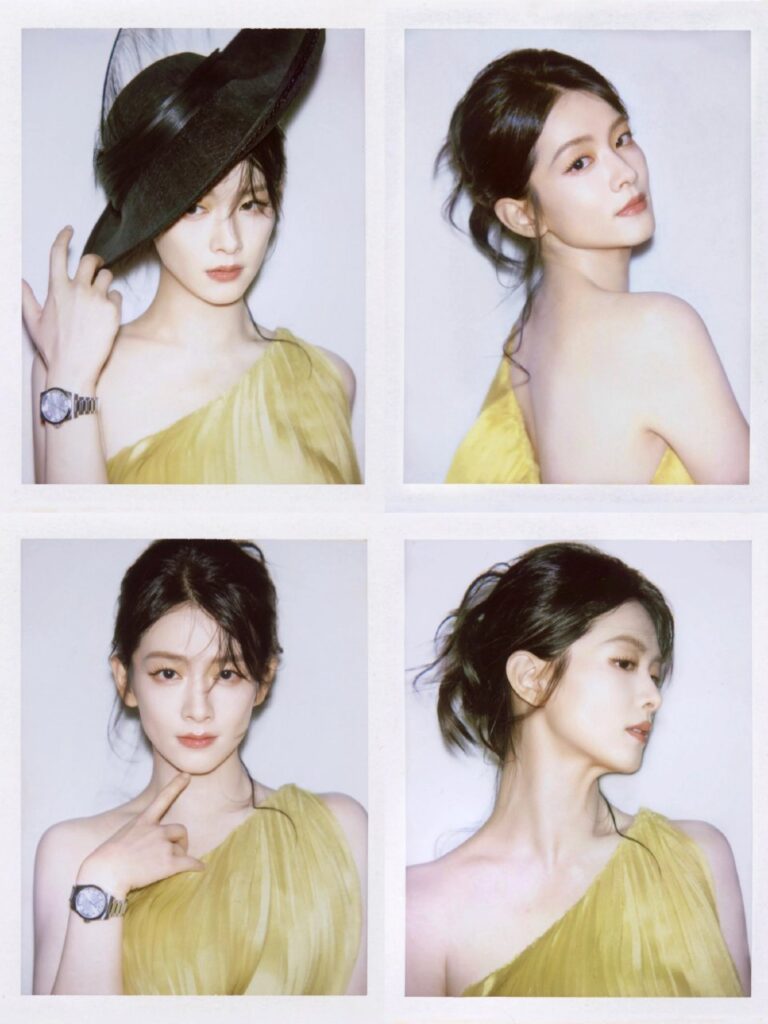
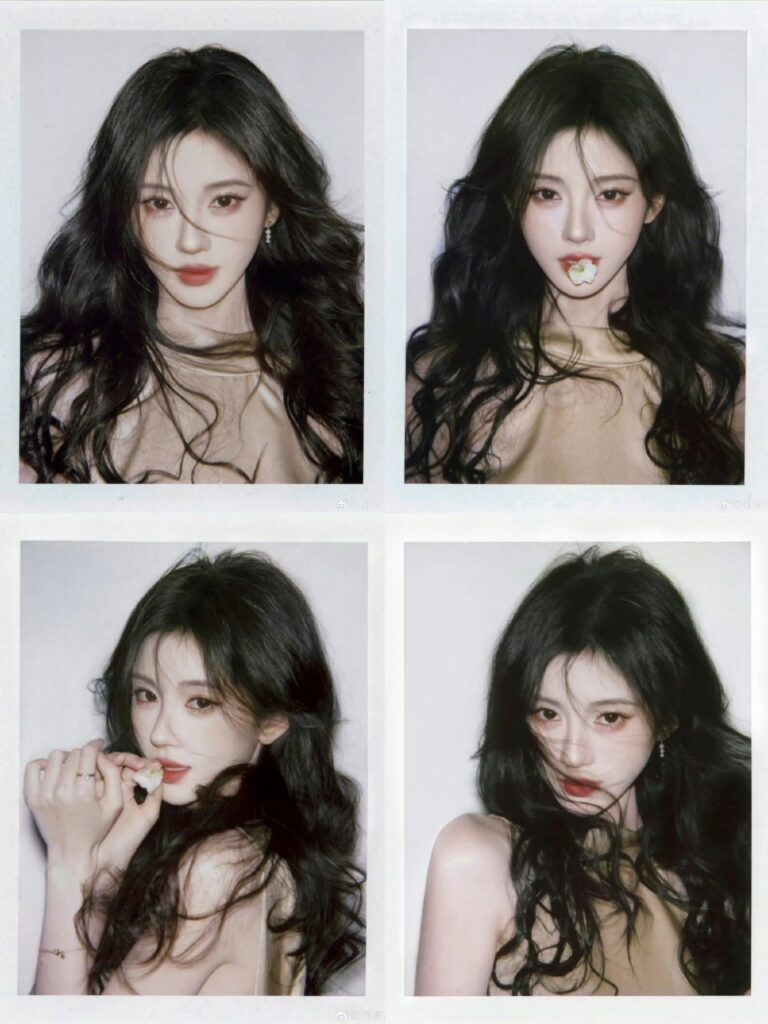
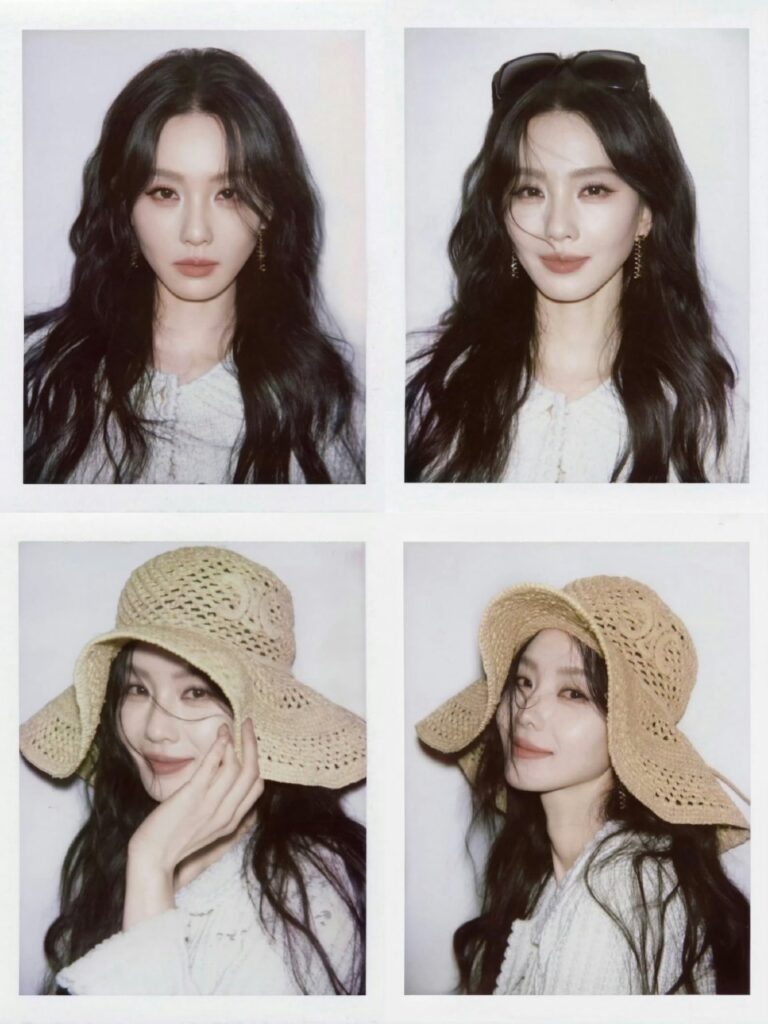


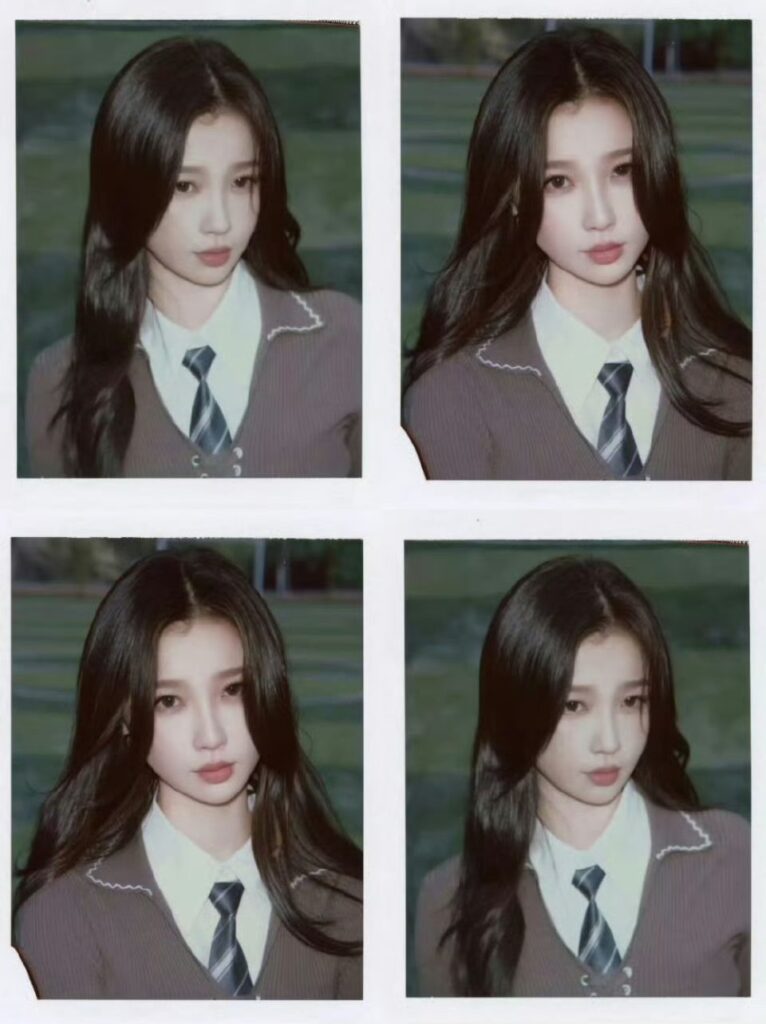
If you are not a boutique photography company trying to bring it back, what else can you do to harness the power of this retromania? It is, of course, worth looking into other “dead” media that might bring the same tangible experience for young people who are trying to escape their digital daily lives. It is for the same reason, the last-ever telegram in China, sent from Hangzhou to its residents, appeared on the Hot Searches list on Weibo, China’s Twitter equivalent.
From newspapers to zines, brands such as DOCUMENTS and Uniqlo have been exploring printed media for marketing. POP MART recently launched its biannual newspaper “play/GROUND” to fuse trends, aesthetics and lifestyle together. The “slower” nature of the physical media plays a big part in their popularity as they not only provide a sense of ritual but also the “songchigan” (松弛感, chillax) that the younger generation seek. Indeed, the surge of toys such as LABUBU and Jellycat is also a sign of nostalgia, for both childhood and the Y2K era of maximal accessories.




